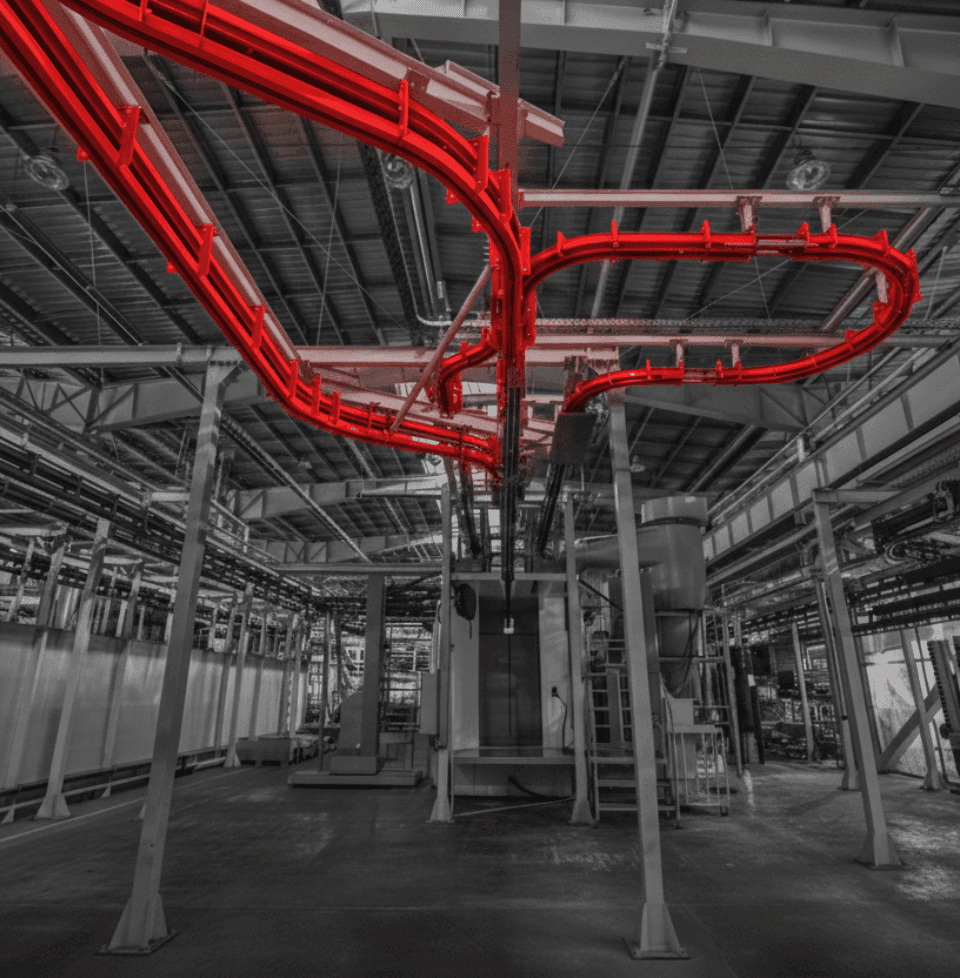Conveyor Systems: The Essence of Material Handling
At the heart of this evolution is material handling, focusing on how products and components are moved efficiently through different stages of production and distribution, not only improving workflow but also reducing downtime and costs.
Conveyor systems have long been one of the most common and effective solutions for automating material handling and have become a vital component of manufacturing and logistics operations. By continuously transporting materials, parts, or product loads from one point to another, conveyors reduce manual labour, streamline operations, and maintain consistent throughput.
There are many types of conveyor systems available, each suited to specific industries and materials, such as:
- Belt Conveyors – Use a continuous belt to move items of various sizes and shapes, commonly found in packaging and food & beverage environments.
- Roller Conveyors – Use rollers to move flat-bottom items like boxes and pallets, often used in warehouses and distribution centres.
- Chain Conveyors – Designed for heavy loads, typically used in automotive and industrial manufacturing.
- Screw Conveyors (Auger Conveyors) – Move bulk materials like grains or powders using a helical screw blade.
- Slat Chain Conveyors – Provide a reliable solution for transporting heavy, irregularly shaped, or hot materials that standard conveyors cannot handle efficiently.
Among these, slat conveyors stand out for their versatility and durability in challenging environments.





